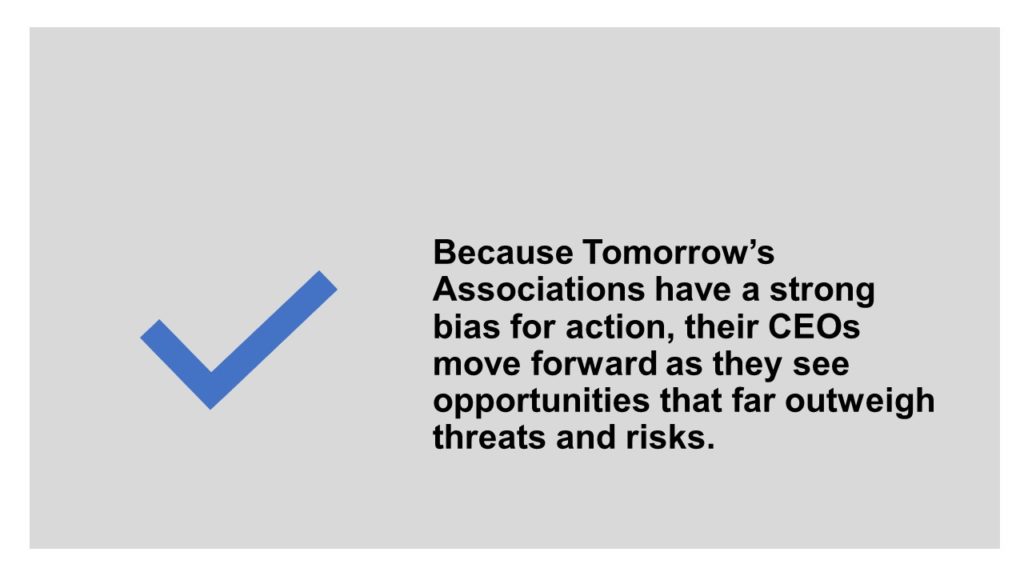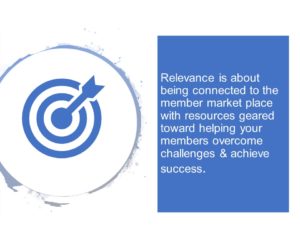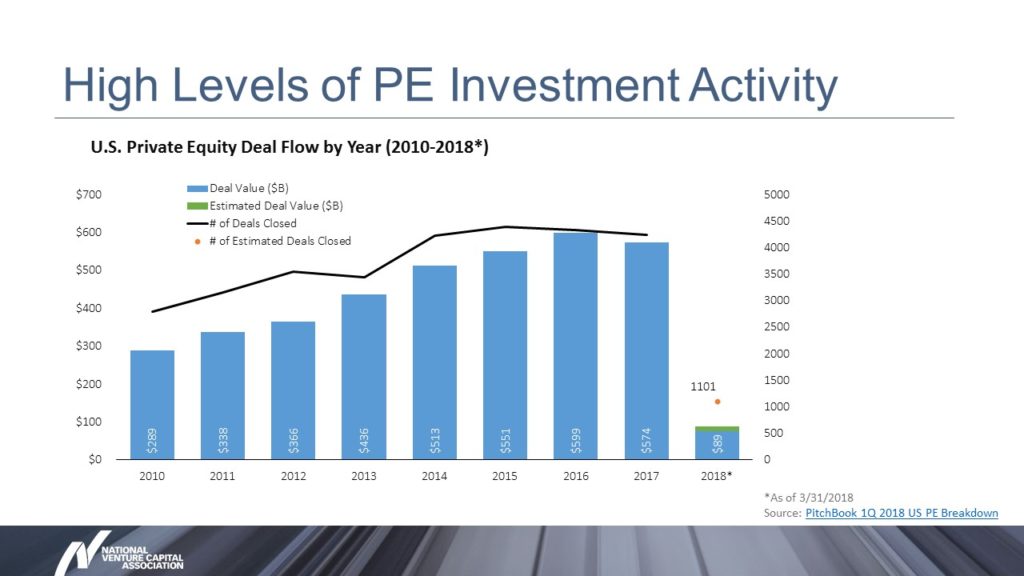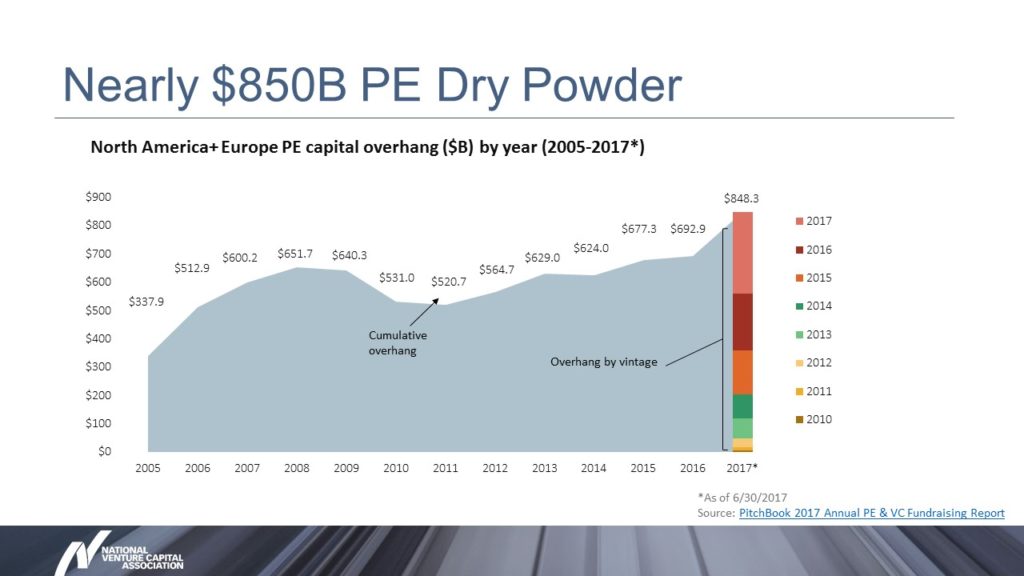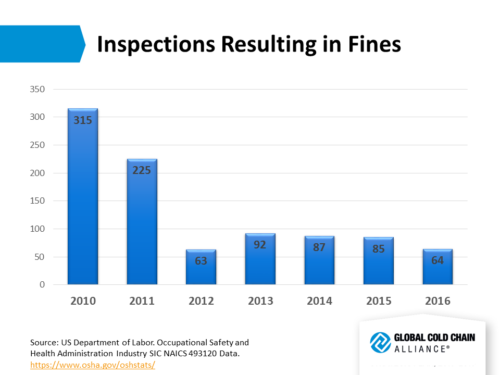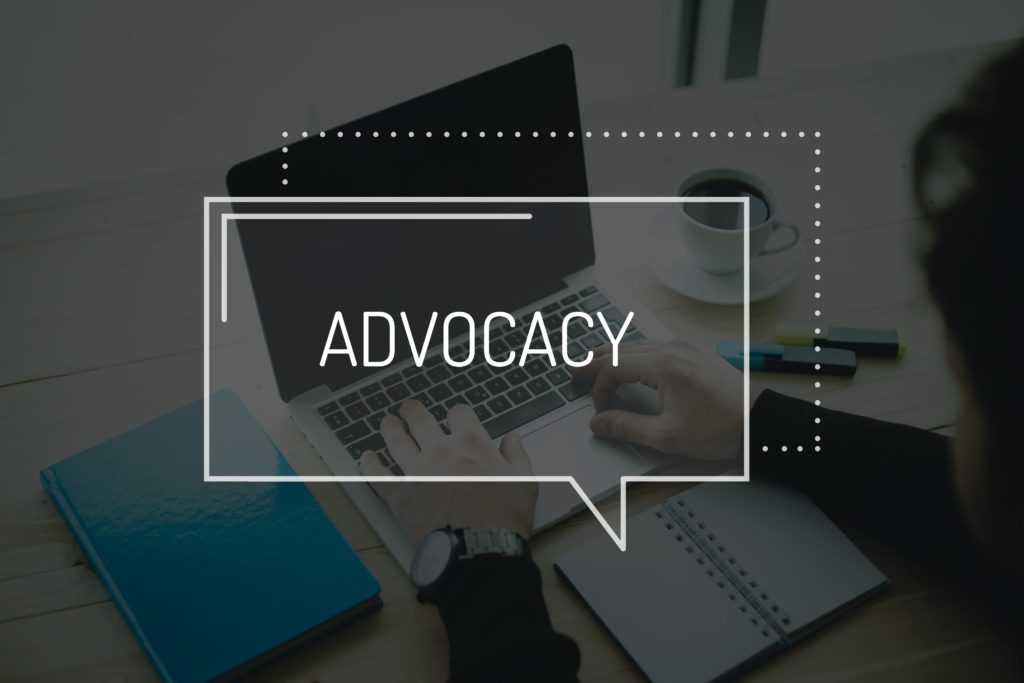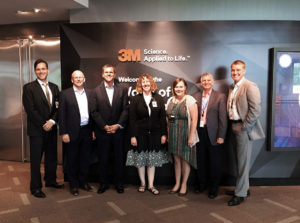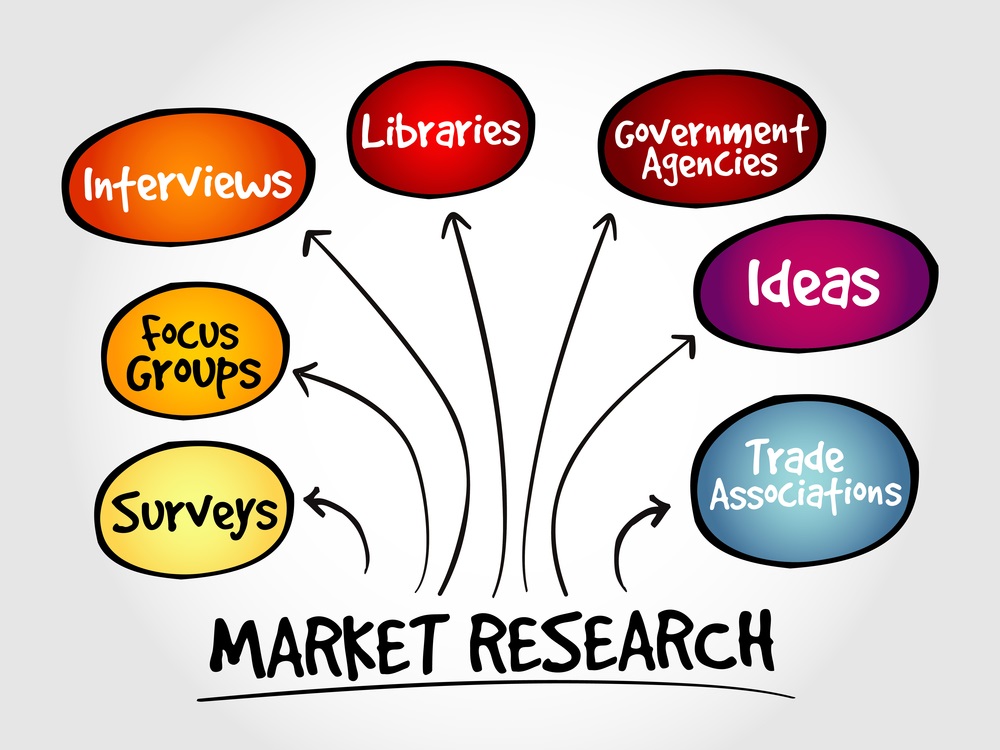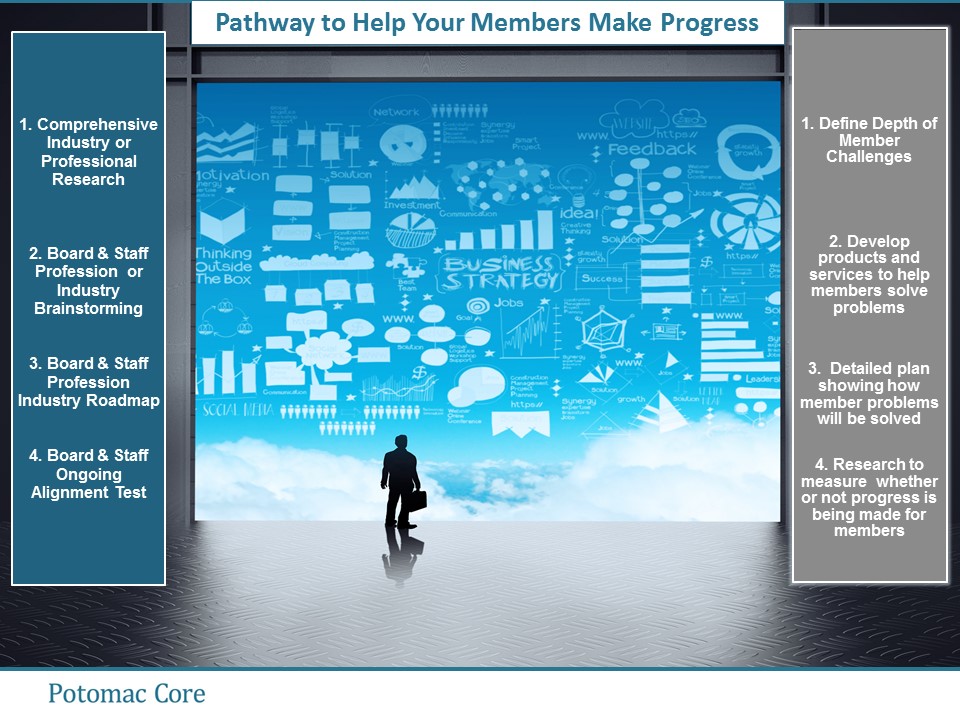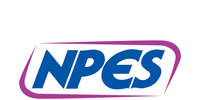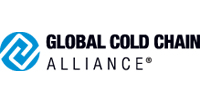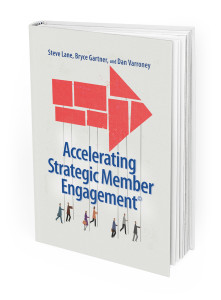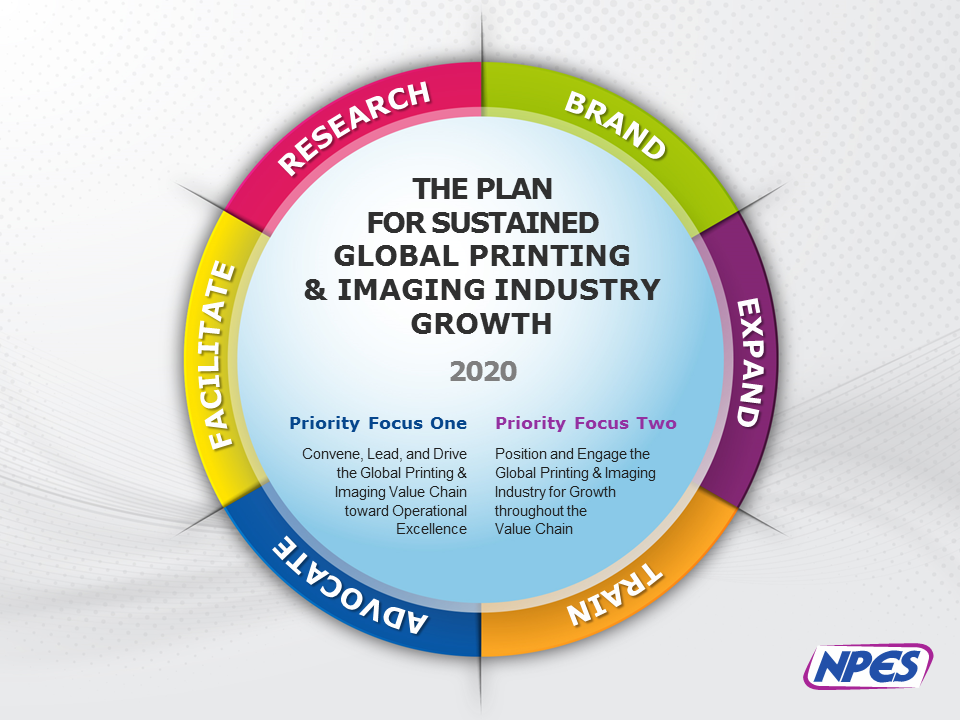Late Breaking News. Members Hire Constant Transformation. As Artificial Intelligence, the cloud, and virtual reality take hold, Industries will invest resources in Associations that are equally transformation focused. Despite profitability, Industries are using new technologies to prepare for whatever comes next. As a result, Associations must continually transform themselves if they want to keep pace with members. Part of that shift will be an improved focus on consistently helping Industries solve their biggest problems. A Forbes Insights survey notes that “Enterprises successfully making the transformational shift have plenty of impactful benefits awaiting them.” If Associations make the transformational shift and create commercial synergies that regularly help Industries solve their biggest problems, they too will have ample benefits awaiting them.
In building these new synergies, several Associations are finding themselves stepping far outside of traditional lanes. Existing member benefit and services models are being replaced with a savvy focus helping Industries solve their biggest problems and win in the marketplace. This approach is emerging as the next wave of Association evolution. Executives leading this transformational effort employ an adaptive model with far reaching world views because they:
- See their Associations as market movers – Challenging their own thinking and rapidly embracing opportunities to help members consistently solve their problems.
- Are Data focused – Sharing any new or emerging research insights that might give company owners, executives, entrepreneurs, employees, and investors a window into new and emerging market opportunities.
- Have Fearless implementation in their DNA – Fast moving culture with energized staff in a time of innovation and rapid change.
- Practice Transparent ROI – Frequently seek insights and communicate progress on investments made to grow the Industry with Board members.
 Embracing a new value imperative recognizing that Members Hire Constant Transformation is a large part of what future focused Associations do. And while relevance is necessary for organizational survival, it’s not enough in this disruptive and uncertain era. Some leaders already acknowledge that relevance by itself can’t be a winning strategy in a dynamic business environment. They emphasize a need to evolve past relevance, and in doing so they’re fueled with entrepreneurial spirit, constant transformation, and an organizational thirst for commercial success. They are:
Embracing a new value imperative recognizing that Members Hire Constant Transformation is a large part of what future focused Associations do. And while relevance is necessary for organizational survival, it’s not enough in this disruptive and uncertain era. Some leaders already acknowledge that relevance by itself can’t be a winning strategy in a dynamic business environment. They emphasize a need to evolve past relevance, and in doing so they’re fueled with entrepreneurial spirit, constant transformation, and an organizational thirst for commercial success. They are:
The Global Cold Chain Alliance (GCCA) – This is an Industry helping feed the planet in the midst of a wave of e-Commerce, automation, and increasing food consumption. Imagine a fast paced organization with a fluid portfolio that sees its role as an Industry partner committed to transparent returns on time and money invested as it:
- Positions the Industry with its customers.
- Provides real time workforce solutions.
- Reduces Industry costs.
Through its core partner Trade Associations, the International Association for Refrigerated Warehouses (IARW), the International Refrigerated Transportation Association (IRTA), the World Food Logistics Organization (WLFO), and the Controlled Environment Building Association (CEBA), GCCA consistently steps outside of traditional lanes to help “Grow the Industry and lead the Cold Chain”.
Grow the Industry – Creation of a Cold Chain Index to facilitate Industry growth and mitigate concerns of commoditization. The Index’s return to the Industry is helping to justify price changes with its customers.
Customer Research – GCCA delivered survey insights helping the Industry understand what customers seek. Findings include feedback from 200 food companies in 14 countries. It identified Industry perceptions, including the common reasons work is ceased by food manufacturers and processors.
Talent Recruitment and Development – The Association supports efforts to Recruit Refrigeration Engineers, Partner with Supply Chain programs to Recruit Students at Universities and Colleges and reduce worker turnover by sharing best practices in support of worker on boarding programs. The organization also provides assets helping the Industry attract new workers, including an Industry promotional video “We Are The Cold Chain”, branded by each of the companies for local market worker recruitment.
Disruptive Advocacy – Devising a direct engagement approach with Federal Regulators, individual companies have seen a decrease in the number of violations at OSHA through fines per inspection. Similarly positive results for the Industry were achieved with other key Federal Agencies including the U.S. Environmental Protection Agency (EPA), the U.S. Food and Drug Administration (FDA), the U.S. Department of Energy (DOE), and the U.S. Department of Agriculture (USDA).
Replacing the traditional member benefit and services model – Forming a commercial partnership GCCA is helping the Industry grow, providing resources to attract and keep talent, and Advocacy that reduces costs and increases Industry profitability. These factors acknowledge GCCA’s role as market movers. The organization is also aligned with companies and never hesitates to step outside of traditional lanes to facilitate Industry success. Also, the staff team engages and continually brainstorms new opportunities with its Board. In this environment, Association revenues have grown despite Industry consolidation. Corey Rosenbusch, President & CEO, is working with the Board, and conducting market research to uncover new opportunities to transform again and support Cold Chain growth.
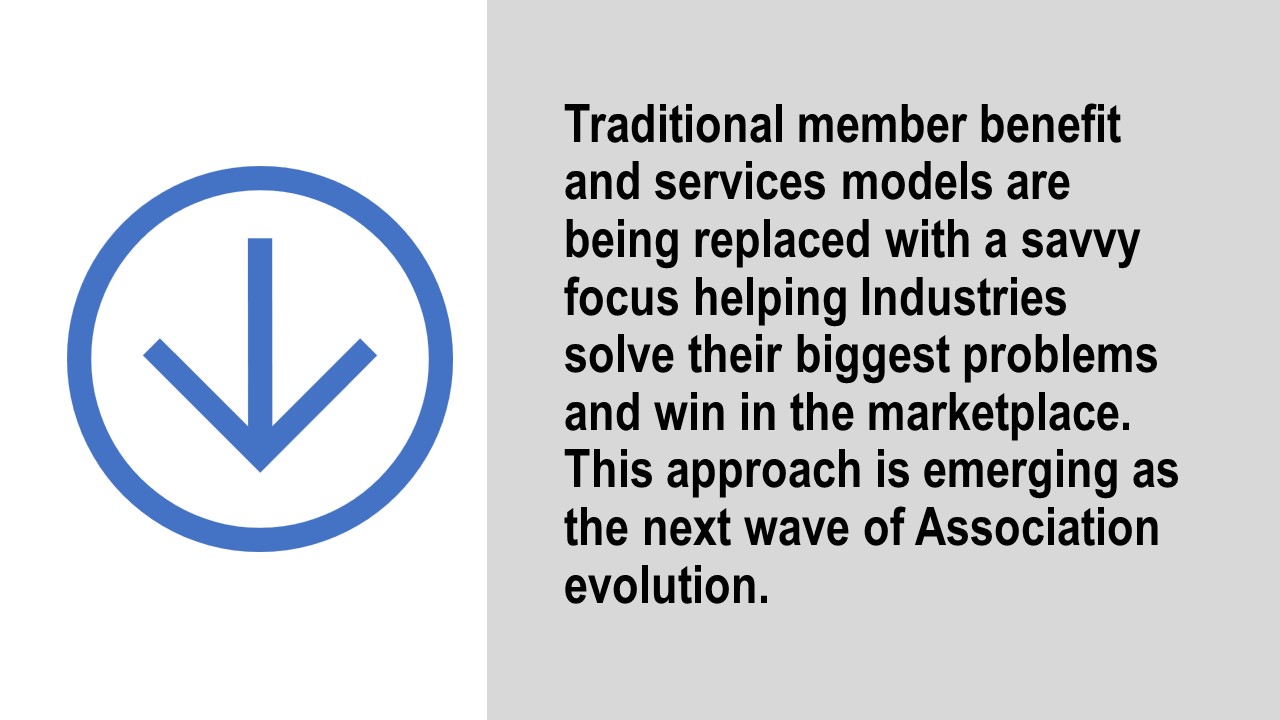 Association for Unmanned Vehicles International (AUVSI) – Incorporating a unique brand of fast moving entrepreneurial transformation, an impressive myriad of Advocacy, insightful research, thought leadership, and engagement, this organization is defining and promoting the future quality of life for current and future generations through Unmanned Systems. With an adaptive market focus, the Association directs resources to advance deployment of Air, Ground, Maritime, and Enabling Technology Systems:
Association for Unmanned Vehicles International (AUVSI) – Incorporating a unique brand of fast moving entrepreneurial transformation, an impressive myriad of Advocacy, insightful research, thought leadership, and engagement, this organization is defining and promoting the future quality of life for current and future generations through Unmanned Systems. With an adaptive market focus, the Association directs resources to advance deployment of Air, Ground, Maritime, and Enabling Technology Systems:
- Advocate to Gain Acceptance – Whether at the federal, state, or local level, the Association utilizes insightful research for stakeholders through its Unmanned Systems & Robotics Database (USRD). This and other research, including the Industry’s economic footprint, helps build acceptance in the regulator and legislator communities. The Board of Directors, Members, & Chapters are part of an engagement juggernaut to advance acceptance of Unmanned Systems. Targeted Advocacy to advance Industry Acceptance in the marketplace is top of Mind. For example:
- Helped the Industry achieve passage of the FAA Reauthorization Act to facilitate extended air operations.
- Works with the Coalition for America’s Future to Advocate for deployment of driverless cars and trucks.
- Serves as the primary Industry representative of the American Bureau of Shipping’s Autonomous Vessel Consortium to advance utilization of Unmanned Maritime vehicles.
- Grow the Industry – Consistently engaging Industry Leaders and the value chain through innovative programming to build and design Unmanned Systems future. The center point of AUVSI’s community building and knowledge sharing is it’s Industry gold standard Trade Show, XPONENTIAL. Annually manufacturers, suppliers, Industry thought leaders, & government officials gather to share progress and surface new opportunities to grow Unmanned Systems.
Replacing the traditional member benefit and services model – Despite persistent headwinds, AUVSI helps a disruptive Industry navigate its pathway to market acceptance. Stepping outside traditional lanes through fearless implementation with an Industry growth focus the Association is helping to deliver business outcomes to a nascent Industry. The organization’s four year revenue and membership growth reinforce its role as market movers. Association President & CEO, Brian Wynne is also collaborating with the Board in a Strategic Industry Planning process. Whatever comes next could help the Industry in its quest to achieve full acceptance of Unmanned Systems in everyday life. By doing so, AUVSI will continue its work in helping Unmanned Systems achieve commercial success.
News Media Alliance (NMA) – In an Industry that prided itself on longstanding profitability, it’s facing enormous challenges from digital transformation. The original business model leveraged its strategic advantages through ownership of the content distribution channel. Digital consumption changed the game and along with it ownership of distribution. While Print remains profitable its declining in the face of a growing digital audience. The way forward is complicated, and this Industry is coming to grips with what happens once print revenues go away. Since new technologies and consumer shifts are constant and there is no accepted strategy for success in the Publishing Industry. Understanding the challenges faced by the Industry and its members, the News Media Alliance transformed itself to help them solve their biggest problems.
The organization’s transformation is based on moving away from a limited, government advocacy model and strategically reshaping its role as market mover in a highly disrupted Industry:
- Advocate to Improve the Industry’s Competitive Position – Since content distribution is controlled by Facebook and Google, the Alliance helping Publishers level the playing field, allowing news publishers to collectively negotiate and withhold content as leverage for better terms and conditions through the “Journalism and Competition Preservation Act of 2018.”
- Growing the Industry –
- Implementing a “Digital Dialogue” – With Google, Facebook, and Amazon to help deliver both traffic and revenue back to the news media Industry.
- Conducting important research to help the Industry understand more about their audience, i.e. how they want to consume information and identify possible strategies that could be helpful in the changing advertising market.
- Releasing an “Advertising Panorama” providing a comprehensive look at the news audience and how marketers can reach them.
Replacing the traditional member benefit and services model – In its departure from the traditional model, the Alliance is on the leading edge of change. With clear eyes it reshaped the organization’s focus including shutting down the Trade Show. Recognizing that the Industry’s challenges are more commercial than political, Advocacy is just one part of its market positioning. Its larger role nowadays is staying close to the Industry, understanding, delivering, and helping the Industry overcome its challenges and restoring it to a stronger and more profitable footing. Membership is growing as the Industry views the Alliance as its partner in constant transformation. David Chavern, President & CEO notes “we’re energized with our role in building tools to help the Industry win commercially.”
Members Hire Constant Transformation
In an era of constant transformation, Association leaders should radically shift their focus to helping Industries achieve commercial success. JP Moery, President, The Moery Company, and author of Association Hustle – Top Strategies for Association Growth, emphasizes that these Associations are thriving because “Each understands that Association survival is driven by entrepreneurism, willingness to pivot, and their ability to adopt innovative strategies that help their members succeed.”
Letting go of the member benefit and services model is increasingly a given, especially when Members hire constant transformation. Association Executives from the Global Cold Chain Alliance, Association for Unmanned Vehicles, and the News Media Alliance are adopting the transformational and commercial success formula, and they are getting traction because they:
- See their Associations as market movers – Challenging their own thinking and rapidly embracing opportunities to help members consistently solve their problems.
- Are Data focused – Sharing any new or emerging research insights that might give company owners, executives, entrepreneurs, employees, and investors a window into new and emerging market opportunities.
- Have Fearless implementation in their DNA – Fast moving culture with energized staff in a time of innovation and rapid change.
- Practice Transparent ROI – Frequently seek insights and communicate progress on investments made to grow the Industry with Board members.
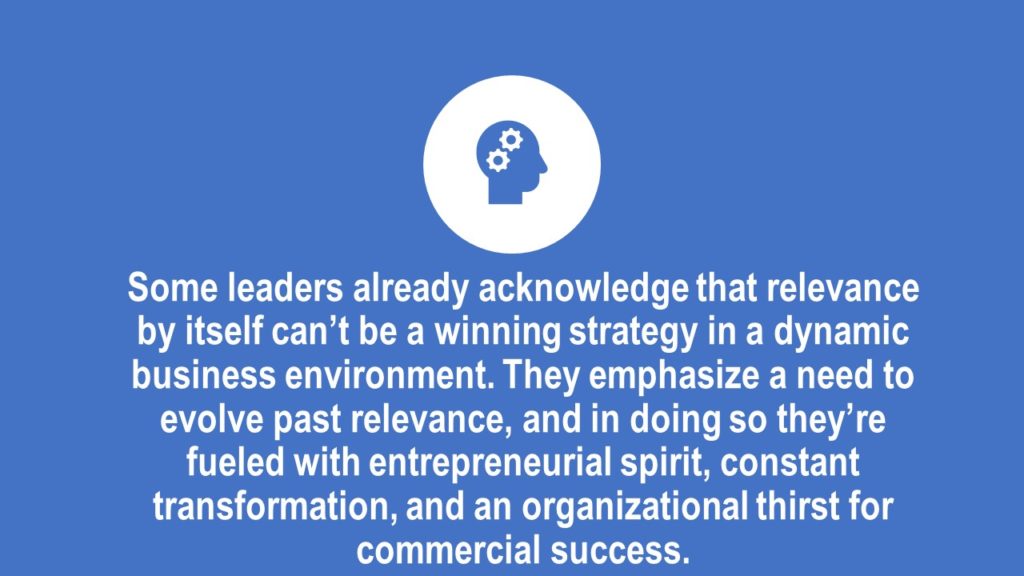 Philosopher Arthur Schopenhauer observed that “Truth Passes Through Three Stages: First, It Is Ridiculed. Second, It Is Violently Opposed. Third, It Is Accepted as Self-Evident.” Late Breaking News. For Associations, tomorrow’s world is here today, Members hire constant transformation.
Philosopher Arthur Schopenhauer observed that “Truth Passes Through Three Stages: First, It Is Ridiculed. Second, It Is Violently Opposed. Third, It Is Accepted as Self-Evident.” Late Breaking News. For Associations, tomorrow’s world is here today, Members hire constant transformation.
To learn more about how your organization can constantly transform click here.






